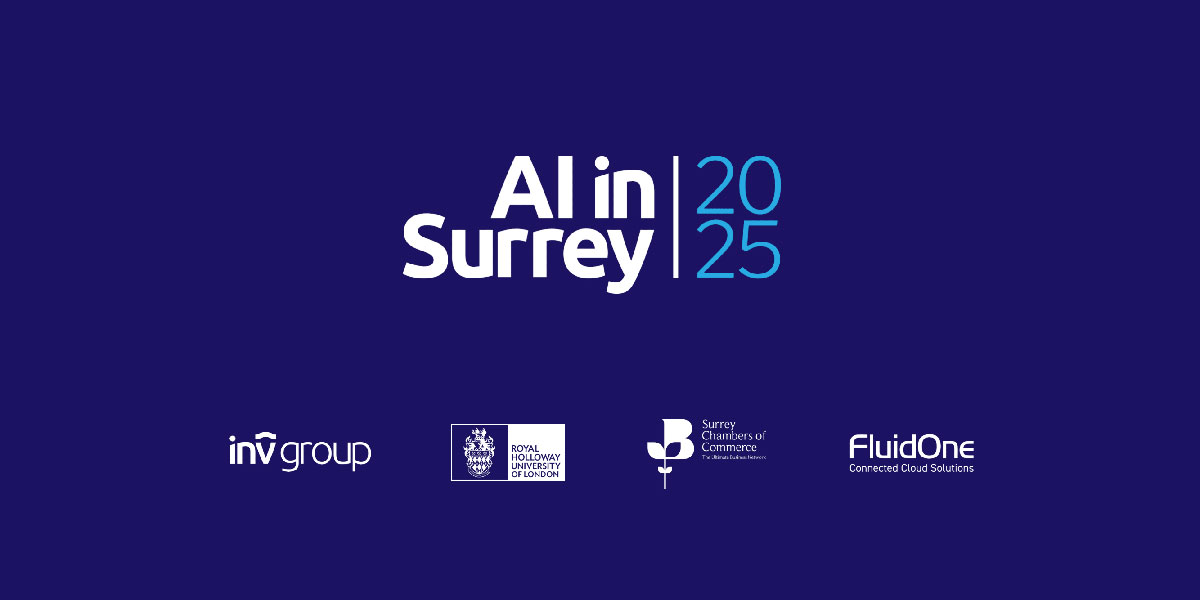An important and thoughtful piece this week by Roan Conway from the UCL Institute for Innovation and Public Purpose (IIPP) reminding us that speed is just one of the levers for innovation.
https://medium.com/iipp-blog/purpose-driven-innovation-in-a-time-of-covid-19-296e9d05cb
He points out that a lot of the rhetoric from the UK government is quite rightly about the urgent need for action, and essential innovation to deliver quickly. But it is also essential that this is focused in a strong direction. Digitizing government has been a key topic for more than 20 years. And while there have been many notable successes, these have come at a high cost to the tax payer. The book that Mark Thompson, Jerry Fishenden and I wrote a few years ago was one of several calls to drive digital innovation in government toward a more sustainable, platform-based approach that recognizes the impact of internet-based architectural models is much more than a technological choice. It is a revolution in service provision, organizational decision making, leadership, and democracy. Something Mark Thompson has particularly been highlighting recently.
The critical comment from Roans’s piece highlights this point, and emphasizes three major traps that must be avoided:
Government has long been grappling with ‘‘digital-era governance’’ and has used digital units such as Government Digital Service to signal the desire to bring internet era practices and cultures into government. But to date this has focused on bureaucracy hacking, internal behaviours and procurement processes. A more holistic approach will be needed to drive tech innovation for COVID-19. As Shira Ovide said: “Technology will not end a pandemic. People will…What we need to do is hard, and I worry that will make us look for tech quick-fixes.” To avoid this, governments must be mindful of three major traps: tech solutionism, data blindness, and the underdeveloped B2G business model.
The current crisis has brought the government role and influence in data-driven decision making to the fore. One of the unforeseen consequences of this pandemic may well be that digital transformation in the public sector takes a significant shift from efficiency-driven automation projects and technology experimentation toward a much deeper redesign of structure and purpose of government for a digital age. And that will be a big step forward.





